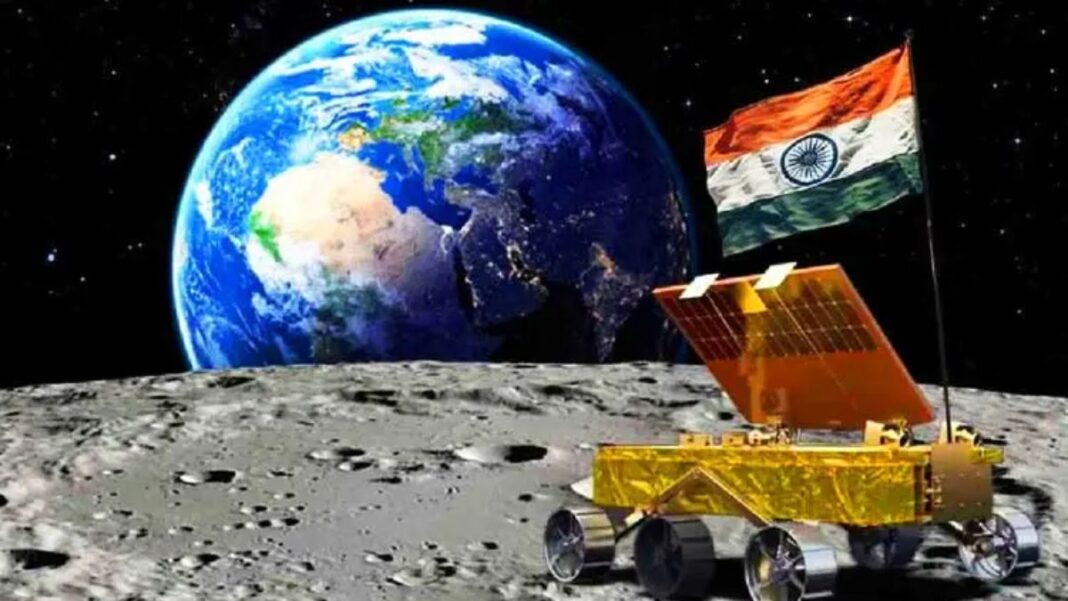In a groundbreaking achievement, India commenced its lunar surface exploration by deploying the Pragyan rover on Thursday, a day after creating history as the first nation to successfully land a spacecraft near the largely uncharted lunar south pole.
Named “Pragyan,” meaning “Wisdom” in Sanskrit, the six-wheeled, solar-powered rover emerged from the lander, marking another significant milestone in India’s ambitious yet cost-effective space program. The achievement ignited nationwide celebrations, demonstrating the country’s growing prowess in space exploration.
Relevant Read: PTA raises concerns on Starlink Operational Licence in Pakistan
The Indian Space Research Organisation (ISRO) shared the momentous occasion on social media, exclaiming, “Rover ramped down the lander and India took a walk on the moon!” The rover is expected to traverse the relatively unexplored region, transmitting invaluable images and scientific data during its anticipated two-week operational period.
The successful touchdown of the Chandrayaan-3 (“Mooncraft-3”) mission arrived just days after a Russian lander encountered a crash in the same lunar region. This triumph follows a setback four years ago when India’s previous lunar mission experienced a failure during its final descent, dampening the nation’s aspirations in space exploration.
However, India has been making steady strides to match the achievements of well-established spacefaring nations. The Chandrayaan-3 mission has captivated the attention of the public since its launch almost six weeks ago, drawing thousands of enthusiastic spectators.
The mission’s significance was underlined by various politicians who performed Hindu prayer rituals to seek its success. Schoolchildren joined in, following the mission’s decisive moments through live broadcasts in classrooms.
“I am feeling very proud. India has made its name shine,” expressed Bhagwan Singh, a shopkeeper in New Delhi, to AFP. “It’s a very happy moment for us.”
Prime Minister Narendra Modi hailed the successful lunar landing as a triumph for “all of humanity.” This achievement, previously accomplished solely by the United States, Russia, and China, garnered global admiration, with even Elon Musk, the founder of SpaceX, commending the achievement as “super cool.”
The Indian mission, though time-consuming compared to the swift Apollo missions of the 1960s and 1970s, which reached the Moon in mere days, demonstrated its ingenuity. Chandrayaan-3 was launched using a less powerful rocket, necessitating several Earth orbits to attain the required speed before embarking on its month-long journey.
Despite its relatively modest budget, India’s space program has grown significantly since its first lunar orbiter mission in 2008. The Chandrayaan-3 mission, with a cost of $74.6 million, stands as a testament to India’s frugal yet effective space engineering. In 2014, India accomplished the feat of becoming the first Asian nation to establish an orbiter around Mars, with future plans including a sunward probe in September and a crewed mission into Earth’s orbit by next year. Collaborative missions with Japan for lunar exploration and an upcoming orbital mission to Venus further underscore India’s commitment to advancing the boundaries of space exploration.


















